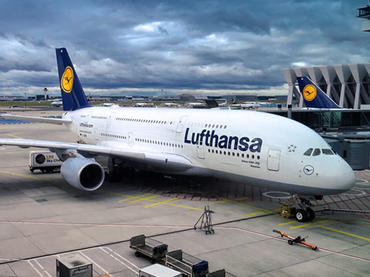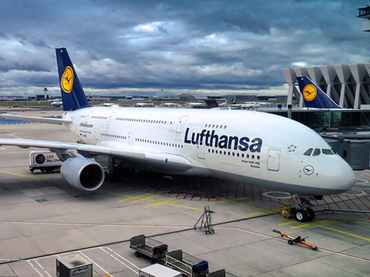
Challenges and Solutions in International Shipping
International shipping is a crucial element of global trade, allowing goods to be transported between countries and continents. From raw materials to finished products, international shipping enables businesses to expand their reach and access new markets.
Types of International Shipping
There are various types of international shipping, including air freight, sea freight, and land-based shipping. Air freight is the fastest mode of transportation, ideal for time-sensitive cargo and high-value items. Sea freight is slower but more economical, making it suitable for bulk shipments and oversized goods. Land-based shipping is used for transporting goods between neighboring countries or regions, often using trucks or trains.
Challenges in International Shipping
International shipping comes with its fair share of challenges. These include navigating complex regulations and customs requirements, dealing with language barriers, and logistics management. Additionally, factors such as weather conditions and geopolitical tensions can impact shipping routes and delivery times.
Solutions for Efficient International Shipping
To overcome these challenges, businesses must work with experienced logistics providers and freight forwarders. They can provide guidance on customs clearance procedures and ensure compliance with local regulations. Advanced tracking and communication technologies can also help streamline operations and provide real-time updates on shipment status.
International shipping is a critical component of global trade, enabling businesses to reach new markets and access a wider customer base. While there are challenges associated with international shipping, working with experienced logistics providers and leveraging technology can help overcome them and ensure efficient and reliable transport of goods across borders.






Leave a comment